Comprehensive Fertility Treatment Case: Overcoming Recurrent IVF Failure with Advanced Sperm and Embryo Selection Techniques
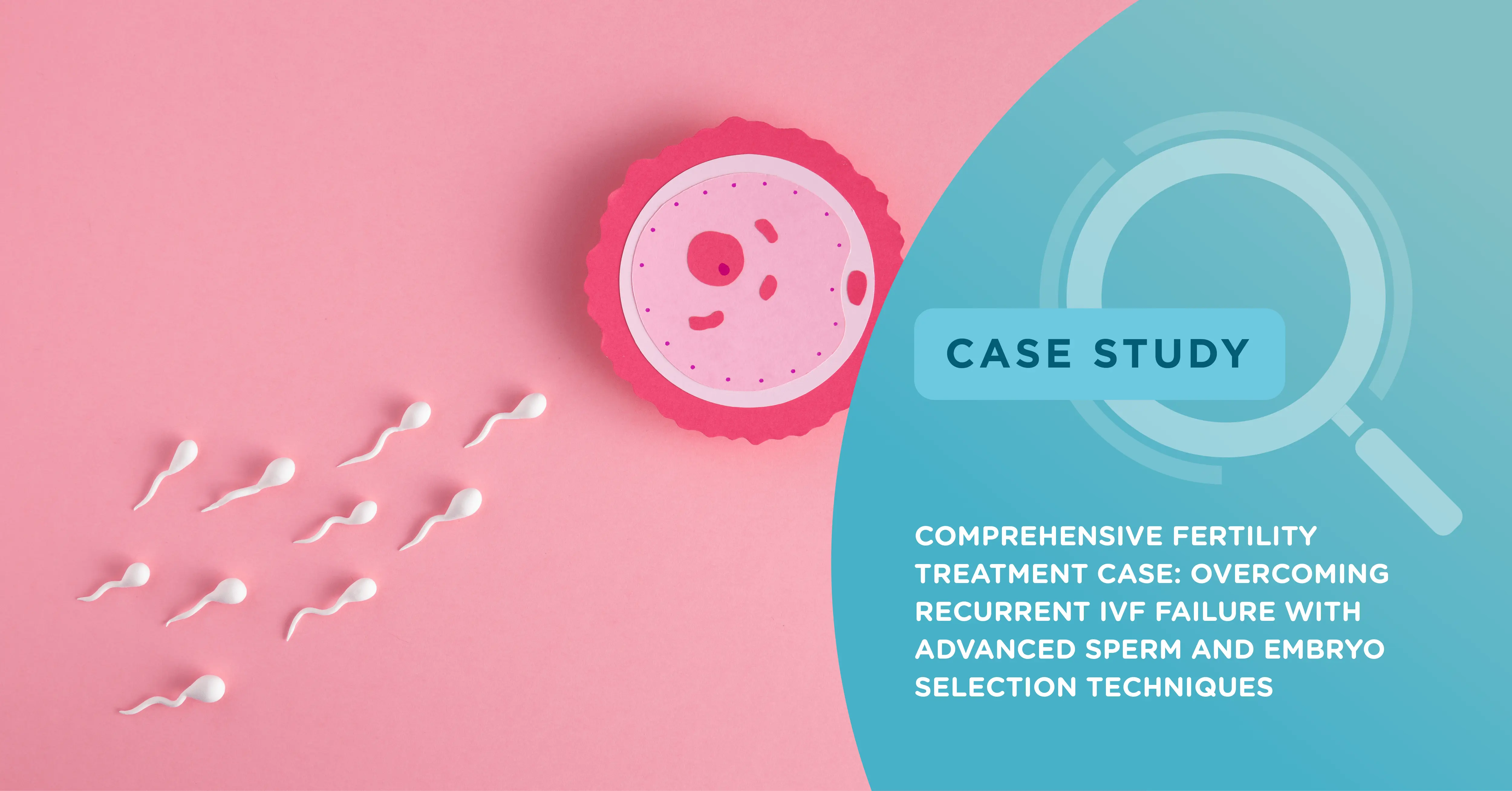
Mrs X, 27, and her husband, 33, married for 5.5 years had been trying to conceive for 4.5 years.
History of Mrs. X and her Husband
Mrs X had regular menstrual cycles. Her baseline investigation showed day 2 antral follicle count (AFC, the number of primordial egg follicles in the ovary per menstrual cycle) as 15/15, basal Follicle-Stimulating Hormone (FSH) level was 5.08m IU/ml and Anti-Mullerian Hormone (AMH) value was 11.75 ng/ml. Her husband, a chronic smoker, underwent semen analysis which showed Teratozoospermia (a sperm disorder characterized by abnormal sperm morphology).
Previous Treatment History
In 2019, Mrs. X underwent an In-Vitro Fertilisation (IVF) cycle elsewhere, where 19 eggs were collected. 10 frozen blastocysts were obtained from 10 metaphase II (M II) eggs. After egg collection, hysterolaparoscopy revealed diseased, dilated right fallopian tube filled with caseous material and left tube showed hydrosalpinx. Hence, right-sided salpingectomy (a procedure of removal of fallopian tube) and left-sided tubal clipping was performed. Histopathological examination of the fallopian tube specimen showed granulomatous inflammation suggestive of tuberculosis. However, TB-PCR was negative.
Mrs X was given a course of ATT for a year in 2020. After completing ATT treatment, she had 3 Frozen Embryo Transfers, all of which were negative. (FET is a medical procedure in which previously cryopreserved embryos are thawed and transferred into a woman's uterus to achieve pregnancy).
The cause for IVF Failure was cited as Genital tuberculosis and surrogacy was recommended.
Course at Nova Hospital
Mrs. X visited Nova IVF Fertility, Basaveshwara Nagar, Bangalore in April 2022 to consult with the Fertility Specialist Dr Pallavi Prasad. During this visit, Mrs X was desperate for clarity on the possibility of pregnancy in her uterus and whether surrogacy was needed in view of genital tuberculosis.
Mrs. X's case of recurrent implantation failure was thoroughly evaluated with high professionalism. It was found that her endometrial lining measured 6.5 mm with a good triple-line pattern, prompting further investigation to find out the root cause of IVF failures other than uterine factor. Both the male and female karyotypes were examined, along with an endometrial biopsy for AFB stain and culture, all of which were found to be within normal parameters. This comprehensive approach provided valuable insights into the situation and guided the next steps in treating Mrs. X's condition.
In May 2022, Mrs X underwent IVF using HMG + Antagonist Protocol, resulting in the collection of 39 eggs, of which 24 were M II. PICSI was employed for sperm selection, leading to 5 Day 5 and 4 Day 6 blastocysts. Five day 5 Blastocysts were sent for Preimplantation Genetic Testing for Aneuploidy (PGT-A) and 4 day 6 blastocysts were frozen without biopsy. A comprehensive testing process provides valuable genetic information needed for informed decision-making regarding embryo transfer. The freezing of the Day 6 blastocysts without biopsy allows for potential future use and ensures the preservation of viable embryos.
PICSI
PICSI offers a new technique for sperm selection based on hyaluronic acid-binding ability of sperm. Specifically, this method uses Petri dishes containing special culture media consisting of hyaluronic acid. When the sperm sample is added to the dish, only the best quality sperms bind to the acid and therefore are selected by the embryologist for ICSI. The principle of this method is based on the fact that hyaluronic acid is naturally present in the substance surrounding the oocyte and plays an essential role in sperm-oocyte fusion. Therefore, sperms that appear to have the ability to bind to hyaluronic acid are considered to be mature and physiologically competent. This method is useful in cases of low success rates after previous attempts at ICSI, in couples with a history of poor quality or underdeveloped embryos, as well as in couples experiencing recurrent miscarriages.
PGT-A
PGT-A is an ideal test for optimal selection of embryos before transfer to the maternal womb. As the name suggests, chromosomal analysis can be done to check for chromosomal abnormalities before the embryo is placed in the mother's uterus.
PGT-A indicated that 4 of 5 blastocyst were aneuploid. Only one blastocyst was euploid with a Mitoscore of 12.83, prompting a single euploid blastocyst transfer, which resulted in a successful conception and delivery of a healthy male child weighing 3.1 kg.
Mrs. X's successful IVF treatment under the guidance of Dr Pallavi Prasad highlights the importance of a thorough evaluation of previous failures, which includes undergoing karyotype analysis. Through the implementation of advanced sperm and embryo selection techniques, such as PICSI and PGT-A, Mrs. X was able to fulfil her dream of becoming a parent using her gametes. This approach ultimately enabled Mrs. X to carry the pregnancy to full term in her womb and deliver a healthy child. This case underscores the positive impact of employing cutting-edge methodologies in fertility treatments and the significance of personalized approaches to reproductive medicine.
 Infertility Counselling
Infertility Counselling Female Infertility Treatment
Female Infertility Treatment Andrology Treatment
Andrology Treatment Fertility Enhancing Surgeries - Female
Fertility Enhancing Surgeries - Female Fertility Enhancing Surgeries - Male
Fertility Enhancing Surgeries - Male Endoscopy Treatment
Endoscopy Treatment IUI Treatment
IUI Treatment IVF Treatment
IVF Treatment ICSI Treatment
ICSI Treatment Advanced IVF Solutions
Advanced IVF Solutions Embryology
Embryology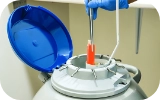 Vitrification Egg, Embryo, Sperm Freezing
Vitrification Egg, Embryo, Sperm Freezing Preimplantation Genetic Testing (PGT)
Preimplantation Genetic Testing (PGT) Donation Program Embryo / Egg / Sperm
Donation Program Embryo / Egg / Sperm




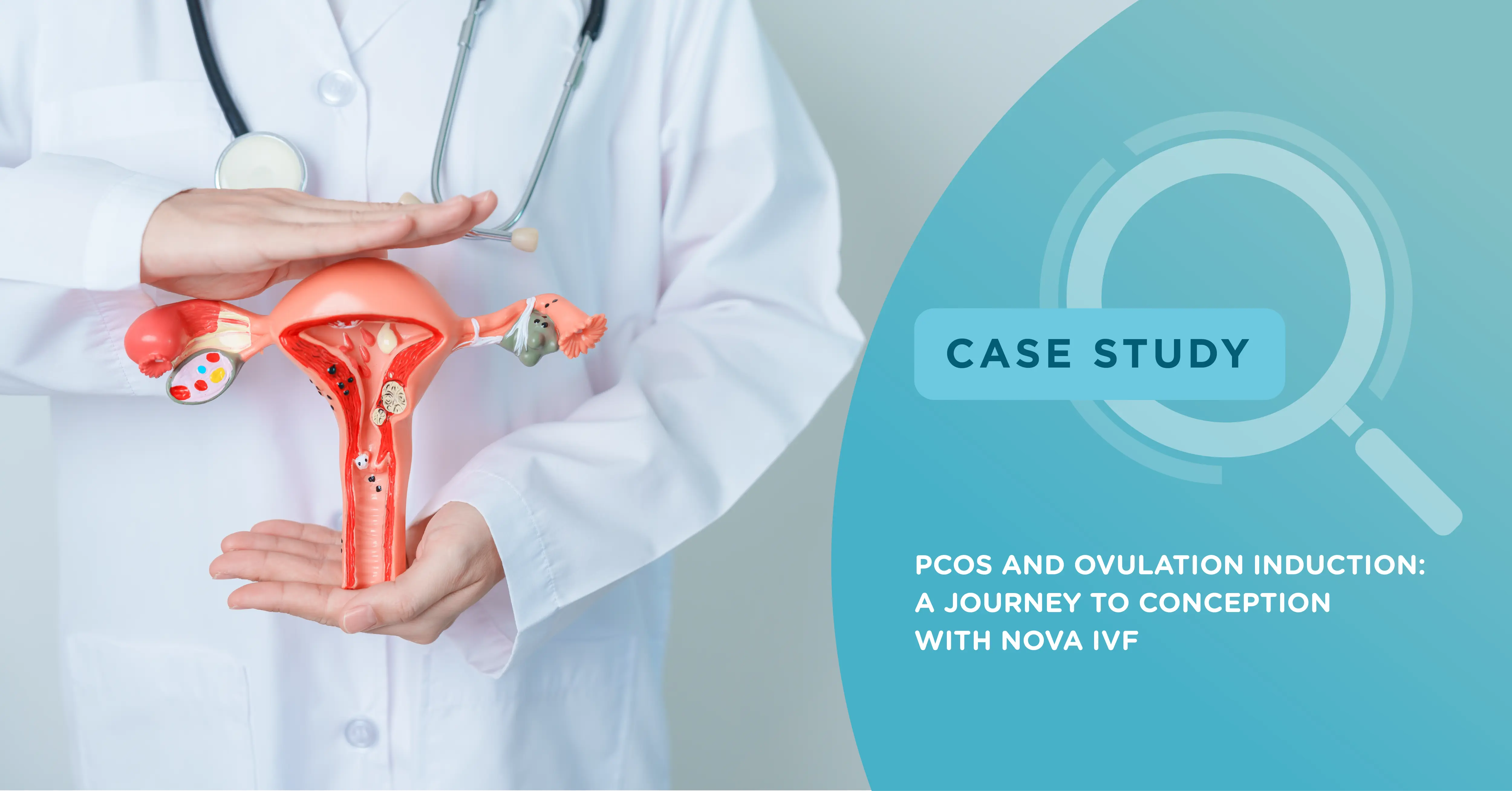

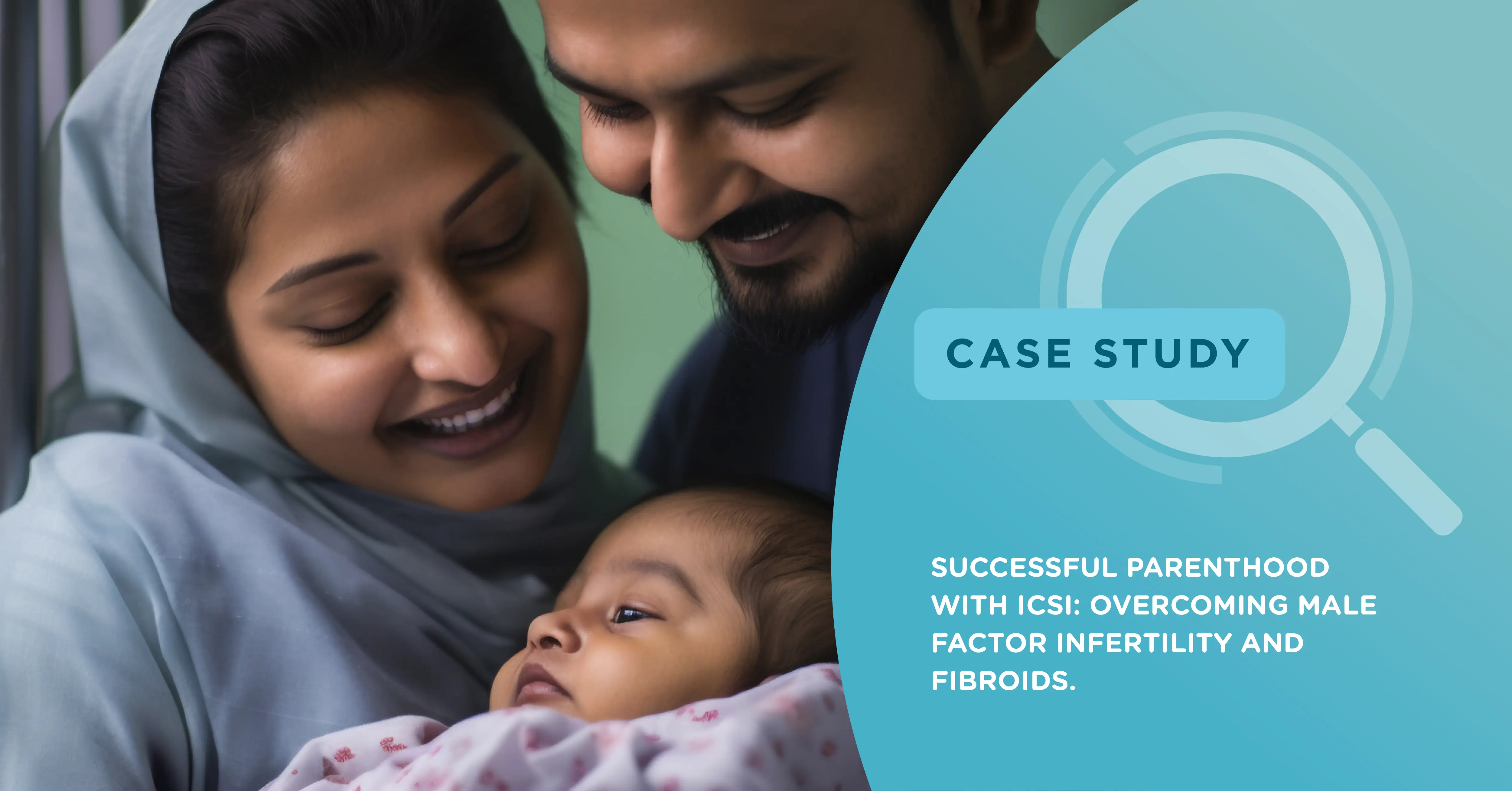
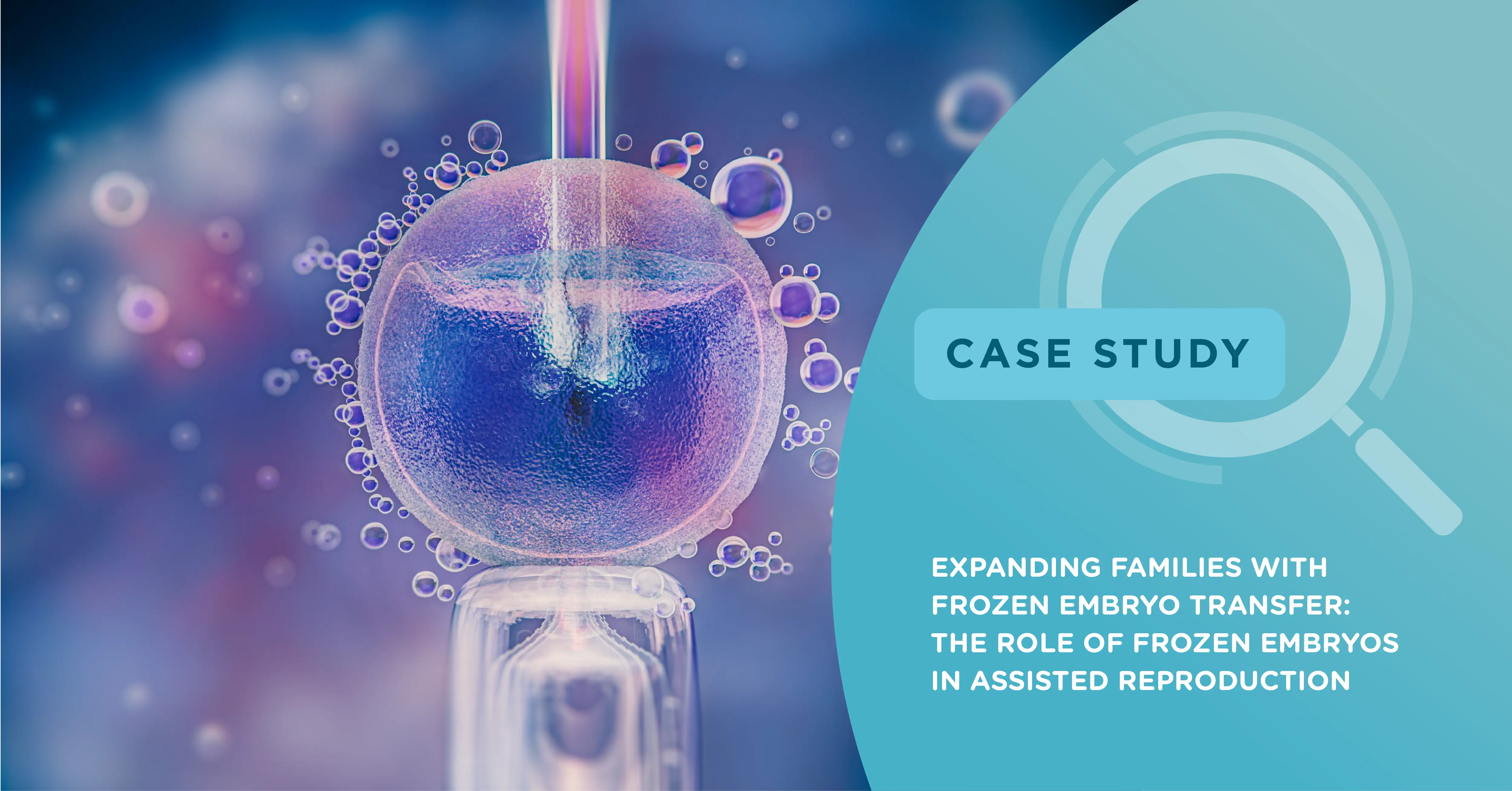

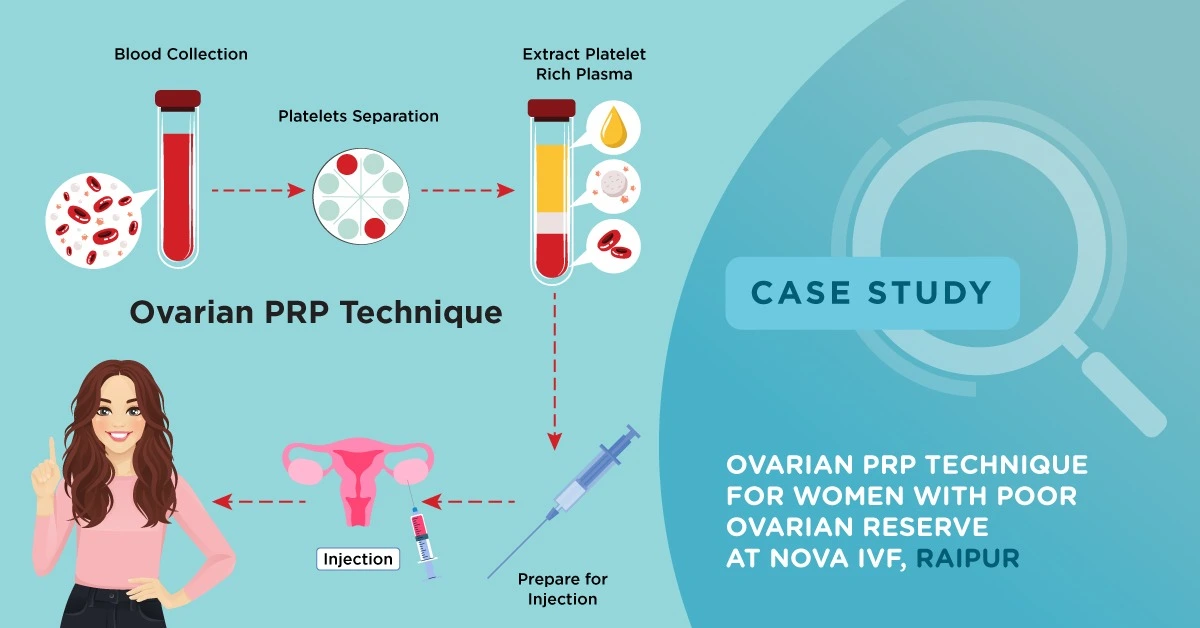
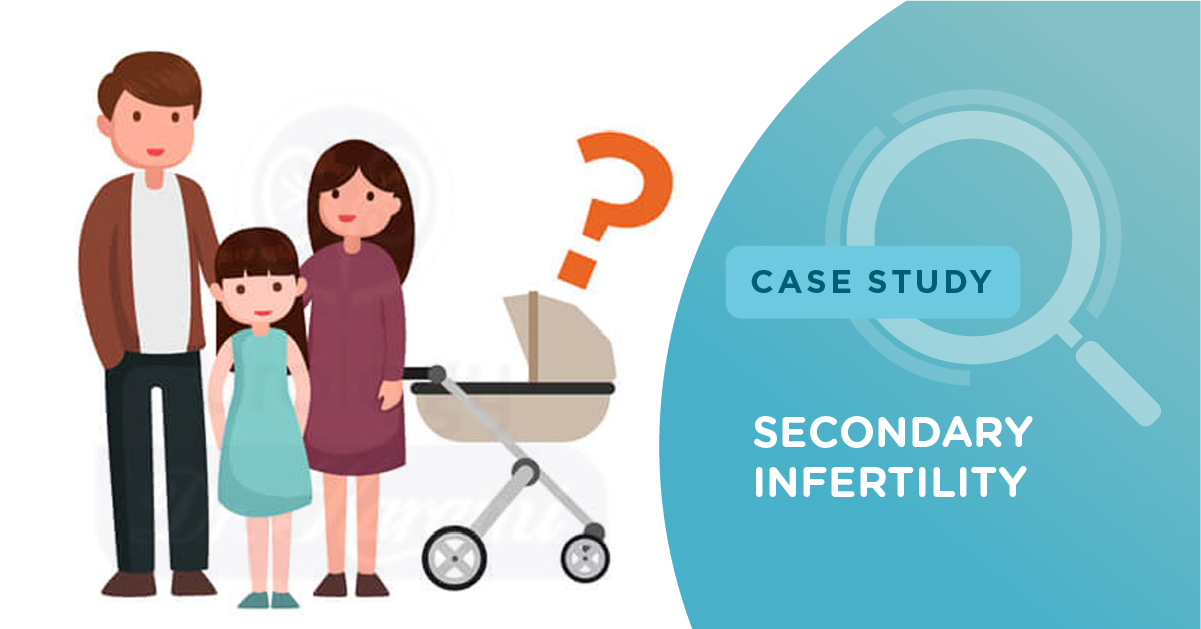
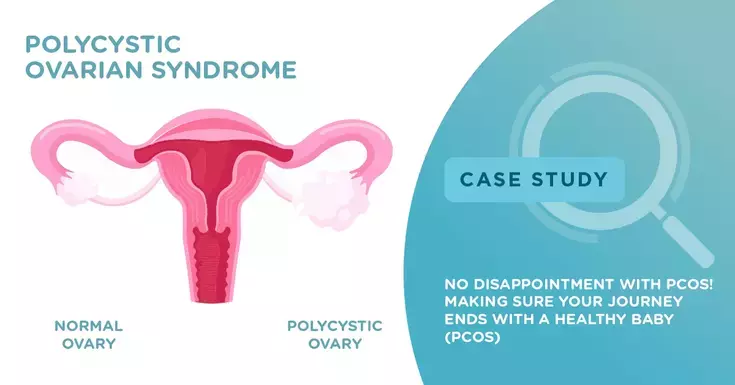






Add new comment